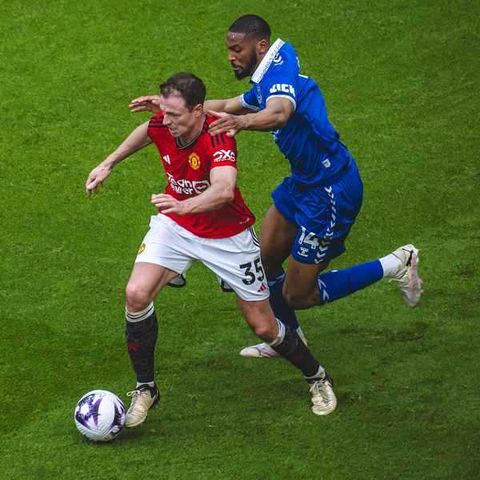Jonny Evans is a versatile player who has played in several positions throughout his career, including center-back, right-back, and even as a defensive midfielder. This article will delve into the various positions that Jonny Evans has occupied on the pitch, highlighting his strengths, weaknesses, and overall impact in each role.
Jonny Evans’s positional flexibility has been a valuable asset to the teams he has played for, allowing him to adapt to different tactical formations and match situations. His ability to play multiple positions with competence has earned him praise from coaches and pundits alike, who admire his versatility and adaptability on the field.
Central Defender: The Anchor of the Team
In the intricate world of association football, the central defender stands as a pivotal cog in the team’s overall defensive strategy. These individuals are tasked with neutralizing opposition attackers, shielding the goalkeeper, and initiating attacks from deep.
Central Defender

The central defender serves as the final barrier between the opposition and one’s own goal. Their primary responsibilities include preventing forwards from scoring, winning aerial duels, making timely challenges, and initiating attacks from the back.
Successful central defenders possess a combination of physical attributes, such as strength and athleticism, as well as mental skills, including positional awareness and anticipation. They often work in tandem with other central defenders to form a formidable partnership that shields the goal effectively.
Left-Back
The left-back position in football requires a combination of defensive and offensive skills. Responsible for defending the left flank, left-backs must possess speed, agility, and an ability to tackle effectively. Offensively, they contribute by providing width and crossing ability to create chances for their teammates.
Wing-Back

A versatile role within the footballing landscape, the wing-back has evolved into an increasingly pivotal position, combining defensive solidity with attacking prowess. Players occupying this role are often characterized by their athleticism and tactical awareness, as they are required to fulfill both defensive and creative responsibilities.
In modern football, wing-backs are often tasked with providing width in the attacking phase, overlapping with the wingers to create numerical superiority in the wide areas. Their ability to deliver accurate crosses and pinpoint passes into the penalty area can be a major asset to their team. Additionally, wing-backs are expected to contribute defensively, tracking back to cover their full-backs and providing support to the central defenders.
Full-Back
Fundamental to a team’s defensive structure is the full-back. They operate as the last line of defense, positioned either centrally or on the flanks to prevent the opposition from penetrating the penalty area.
Versatility and Adaptability
In the realm of football, versatility and adaptability are highly valued attributes for any player. The ability to seamlessly transition between different roles and formations enhances team dynamics and creates an unpredictable threat on the field.




